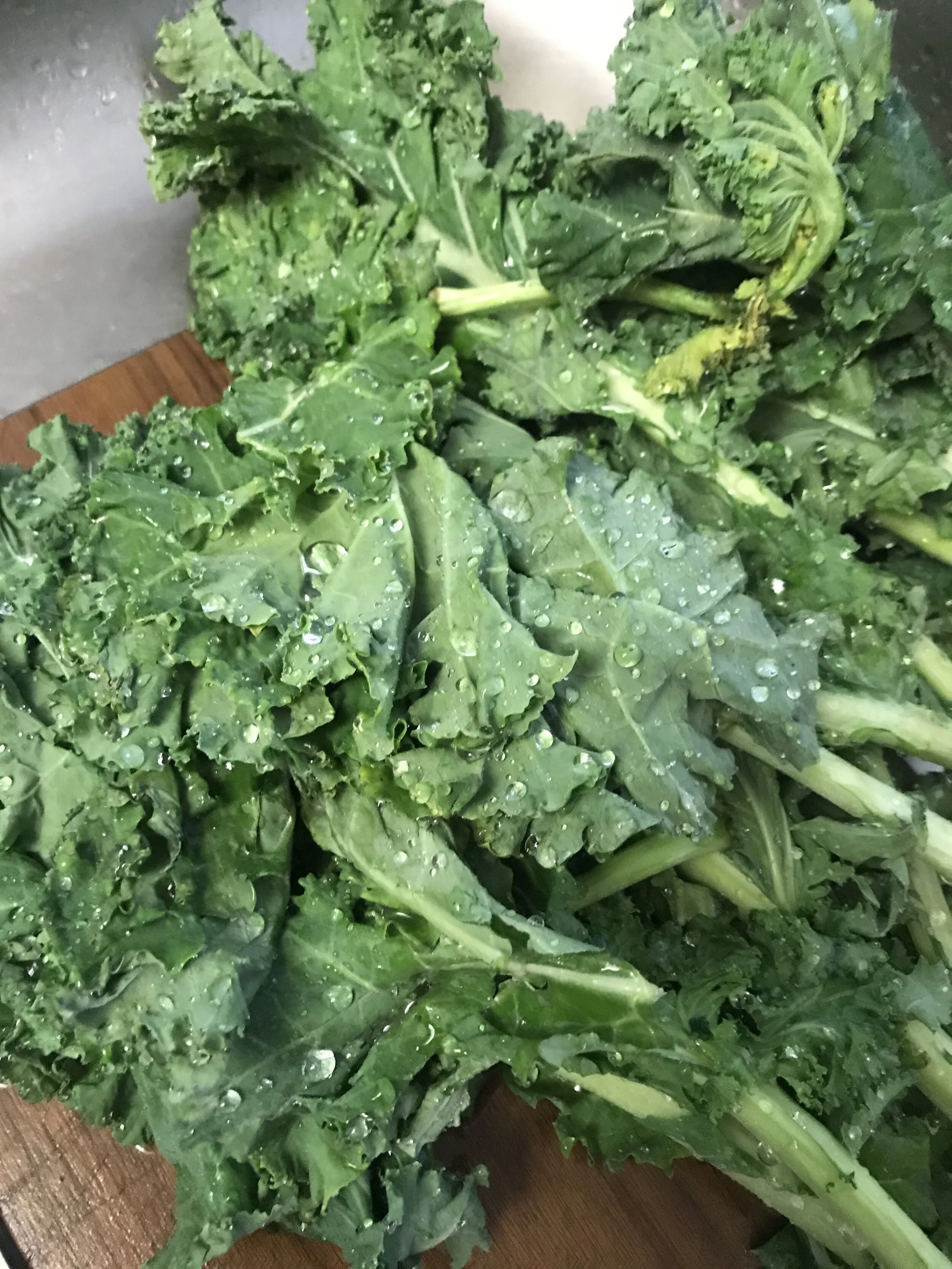Sustainable Eating: How to go Organic
One of the first jobs I held was as "the produce guy" at our local A&P (which ceased all operations in 2015, RIP A&P). I was about 14 years old at the time. I don't know how old the PLU system is but at the time I never really paid attention to it. While I was out shopping at our neighborhood market with my wife the other day, she was questioning whether some cilantro was organic or not. She was surprised when I told her that you can tell if produce is organic, conventional, or genetically modified by the PLU Code. She responded, "that's really useful information. You should blog about that". So, here we are.
Going to the market can be a little bit overwhelming because I think that everyone likes to make as healthy of a choice as possible. What we put into our bodies is important. It determines our health, energy levels, and overall sense of well-being. With that in mind there are a couple of good tips I can share with you today to make your experience easier.
Sustainable Eating Tip 1: PLU CODES
So, most of you have probably noticed that the bag of grapes you pick up has a digital code printed on it. You'll see the same thing on the little round stickers slapped on your fresh fruits and veggies. What many people aren't aware of is that those stickers give you important information about the produce you are choosing. How do you read these codes to make the best decision? Here's how.
Organic Produce: Organic produce is coded with a 5 Digit Code and it will always begin with the number 9. My sister said “Oh, like Beverly Hills 90210!” For those of us who were a part of the 90210 era it’s a really simple way to help you remember.
Conventional Produce: Conventionally grown (that is to say it is grown with the use of pesticides and chemicals) produce will have a 4 digit code that always starts with the number 4.
GMO Produce: Genetically modified produce is labeled with PLU Codes that are 5 numbers long and always begin with the number 8.
Sustainable Eating TIP 2: WHEN TO GO ORGANIC
I think it is important to go organic pretty much 100% of the time. There's nothing that's more important than our health and taking care of our bodies. That being said, occasionally there are times when you can't find that organic avocado and your meal requires it. At those moments you might wonder, how much of a risk am I really taking buying conventionally grown x,y, or z?
There's good news here, the Environmental Working Group publishes a report every year that serves as a really useful guide of reference. It's helpful to print these off and keep them on your refrigerator or in your grocery tote as a reminder. By referencing the Dirty Dozen list you can see which produce in the United States contained the highest amounts of pesticide. The dirty dozen should definitely be avoided. Buy those items listed in the dirty dozen only when the organic option is available. EWG also publishes the Clean 15. This list will tell you the safest/most chemical free produce to buy and then if you have limited options you're minimizing your risk of exposure to harmful chemicals.
I hope that these tips make you food choices a little easier the next time you're at the market. What other tips and tricks do you have for a positive experience at the market? Share here in the comments.







